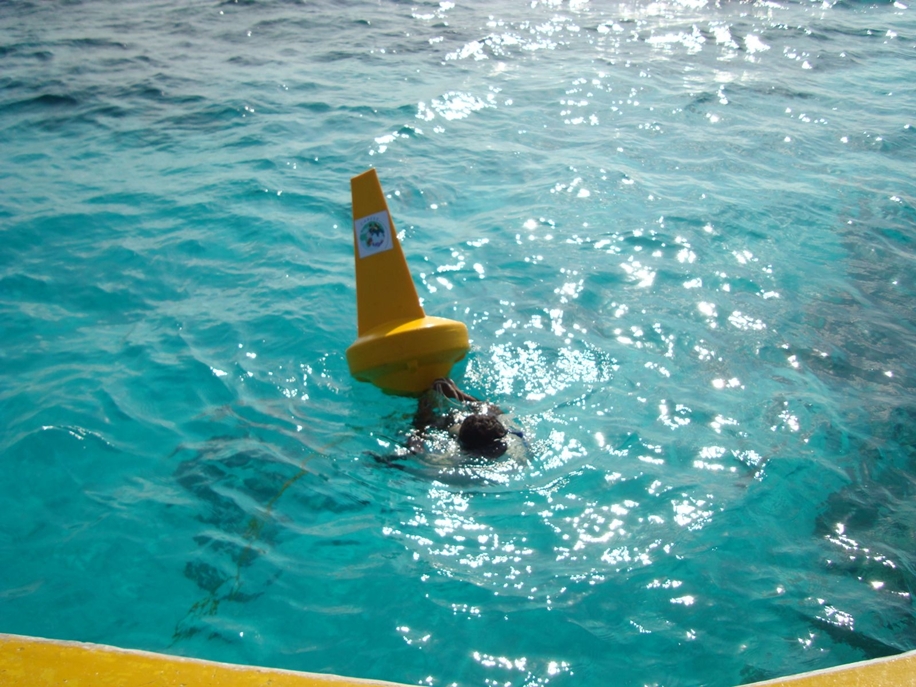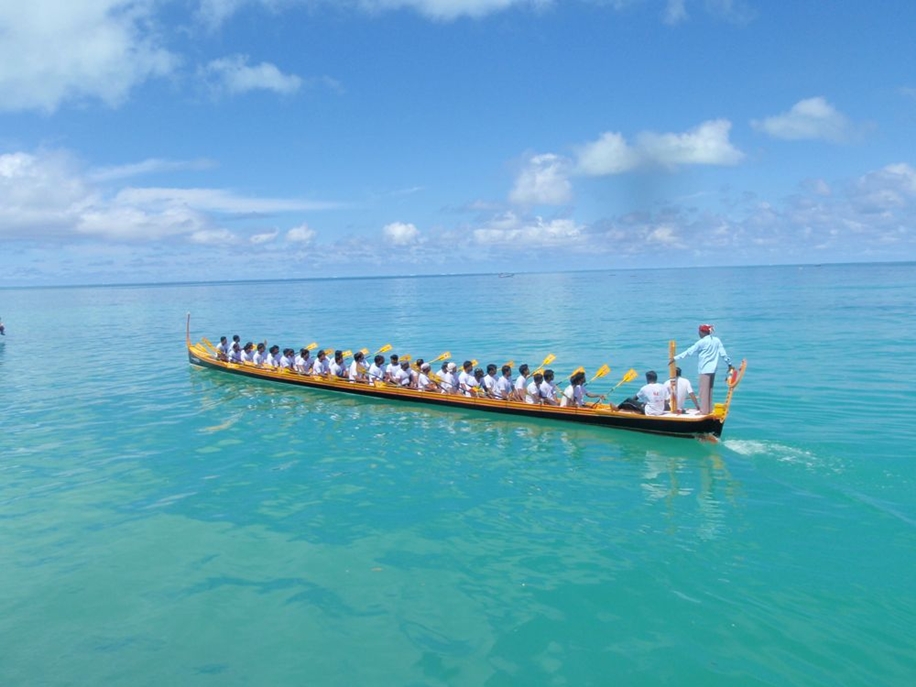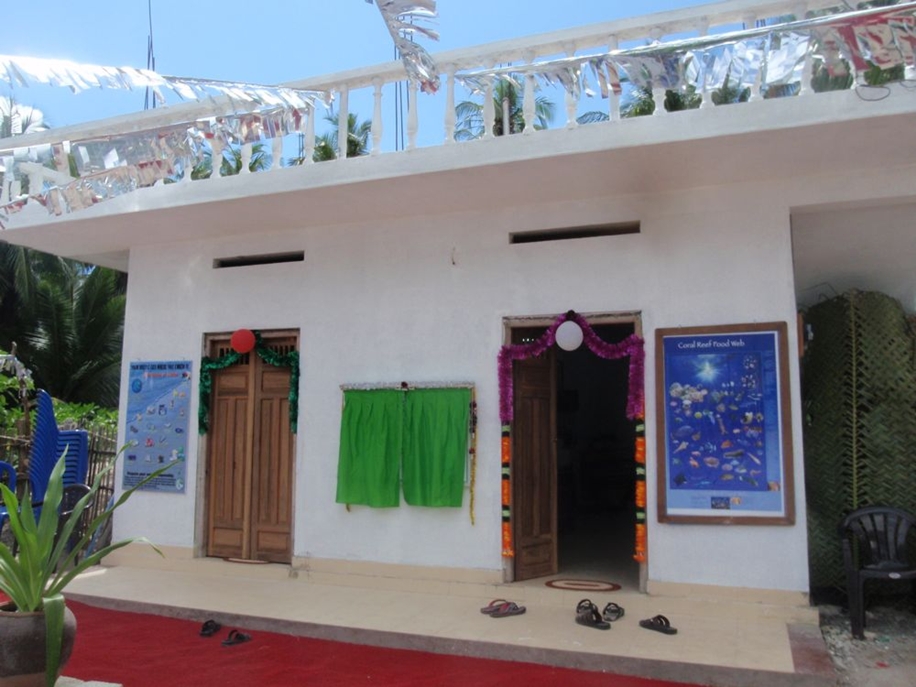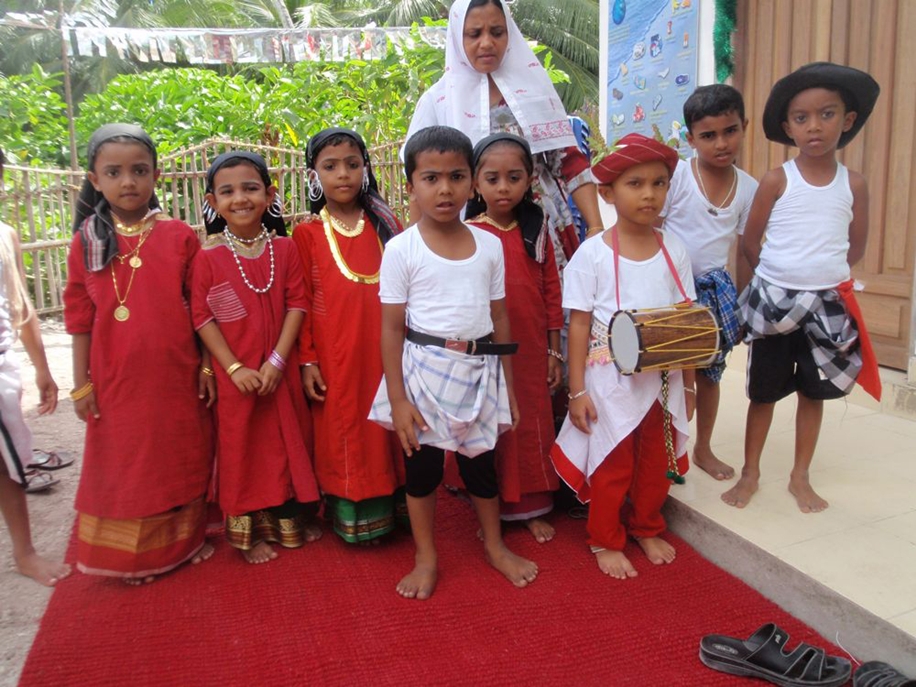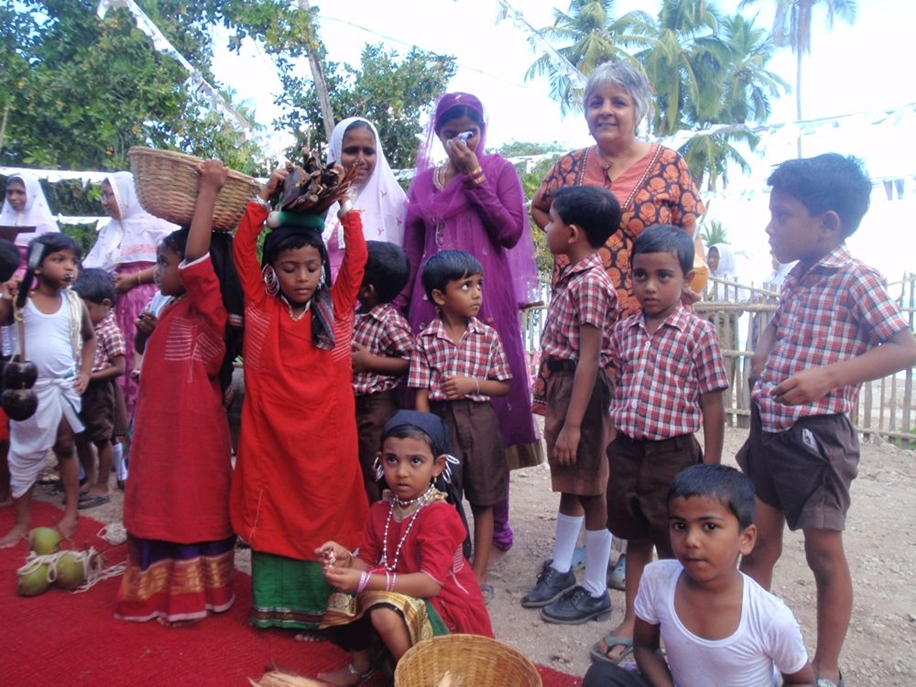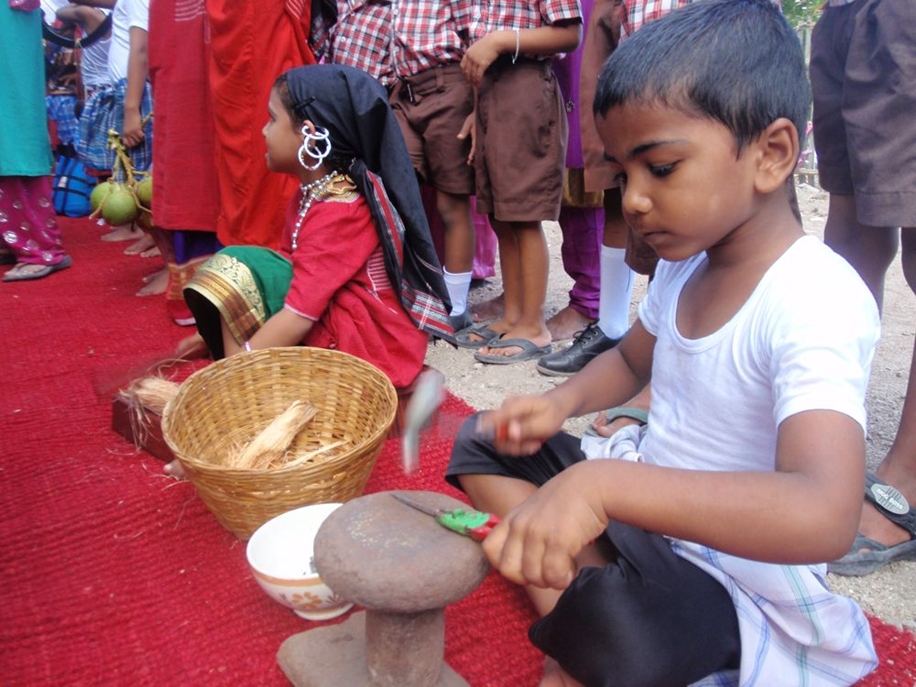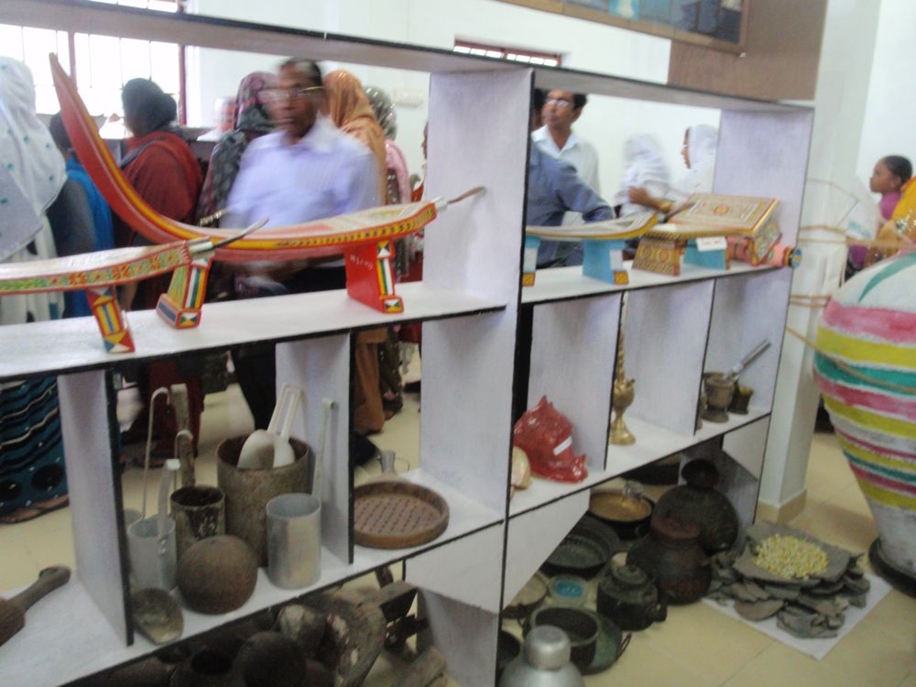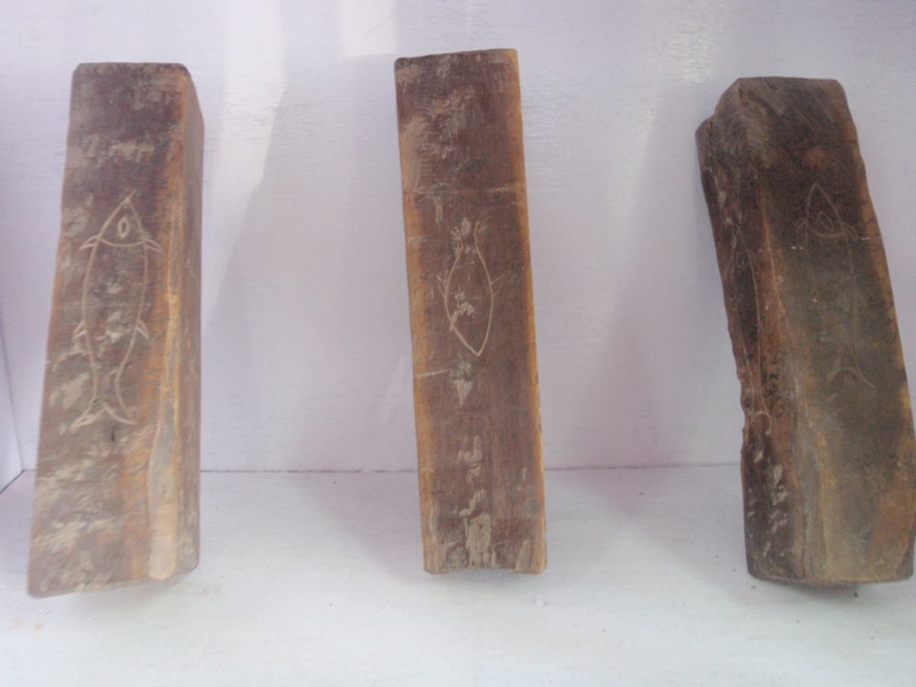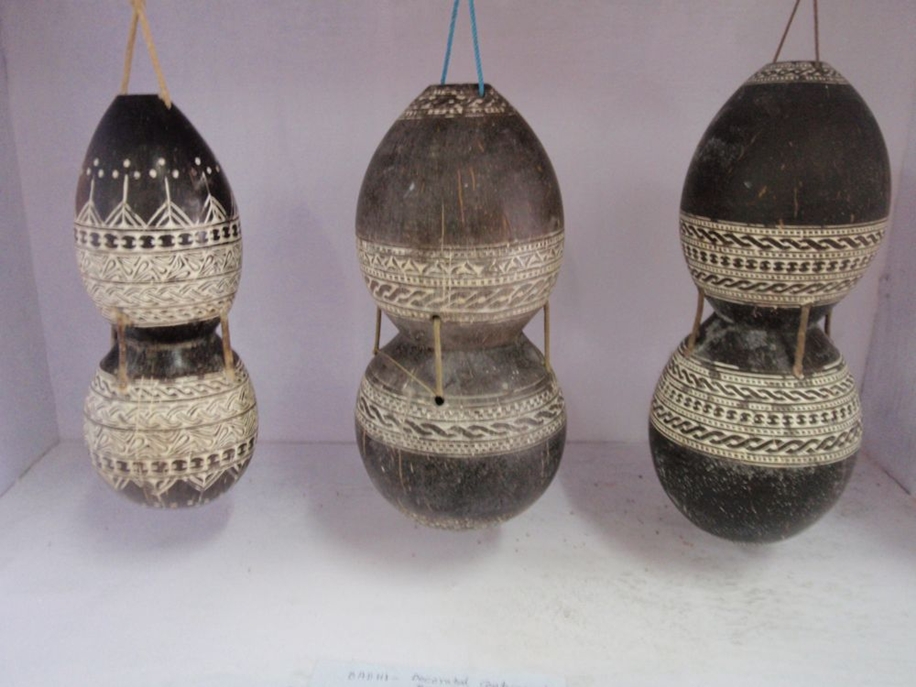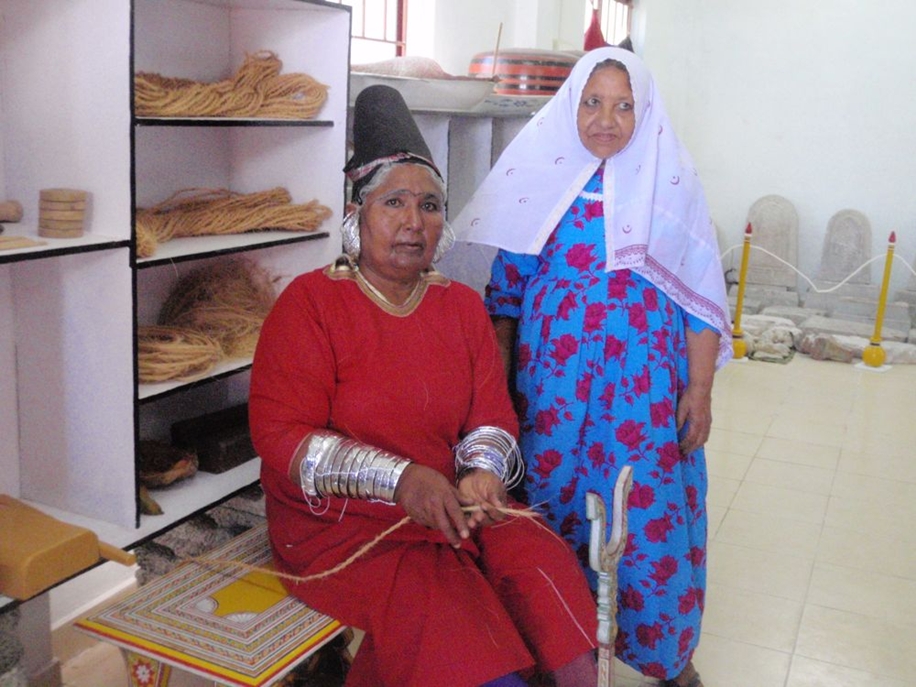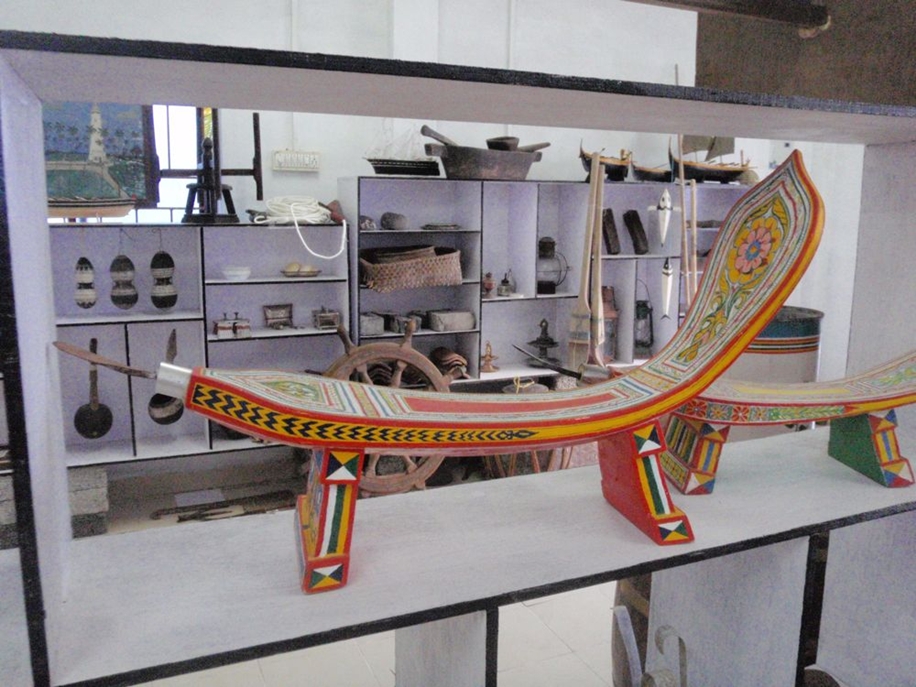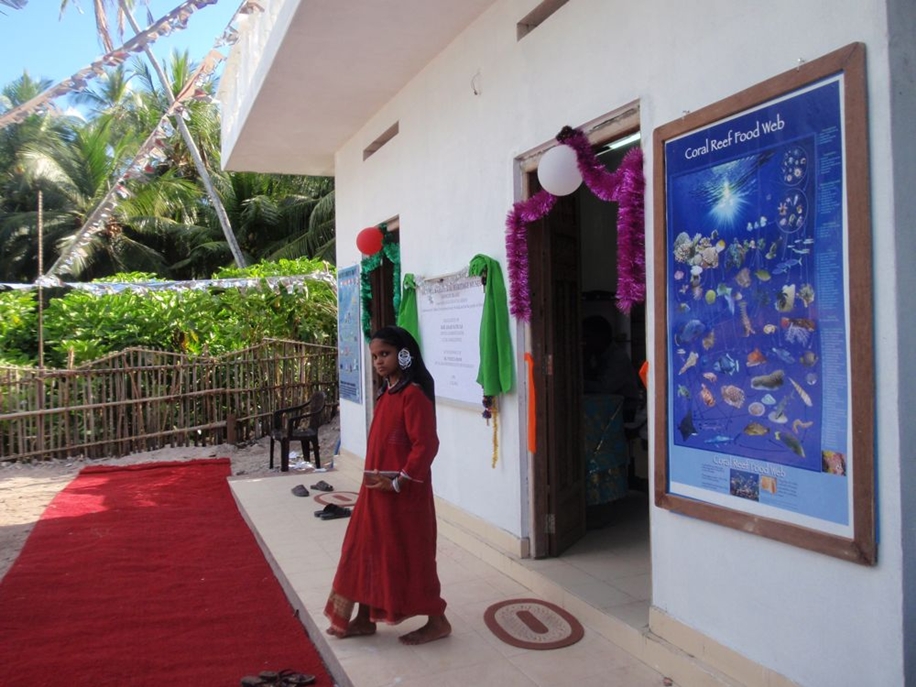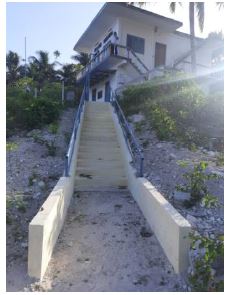The outer building work and the flooring have been completed. A staircase is proposed to reach the terrace and make it usable. The building has been handed over to the Maliku Development Society (MDS). The members have volunteered to clear the building premises and cut steps into the hillock to reach the building. MDS members have collected artifacts to display in the museum. The display units have yet to be built and the finishing touches need to be given to the building. Conservation work is ongoing. The rope holding the marker buoys to mark the no-take zone within the lagoon was cut by some miscreants in the first week of April. Cable TV aired a news item about it, which resulted in recovering five of the six buoys. The Fishermen’s Association has now replaced the marker buoys within the lagoon and is carrying out awareness work on the need for the marker buoys. A music CD called Hewalla, Rhythms of Maliku, featuring environmental songs, was produced with financial help from CARESS and released in March.
As construction of the museum has progressed, several families have provided antique pieces to the museum. These artifacts need to be kept securely on display in locked cabinets. In June 2011, Seacology’s board of directors approved an additional grant for the construction of display units and showcases, as well as two additional rooms to house an office, store, and toilet for the Natural and Cultural History Museum. In return, the community agreed to protect the existing 2,471-acre marine and mangrove reserve for an additional 10 years, for a total of 20 years.


